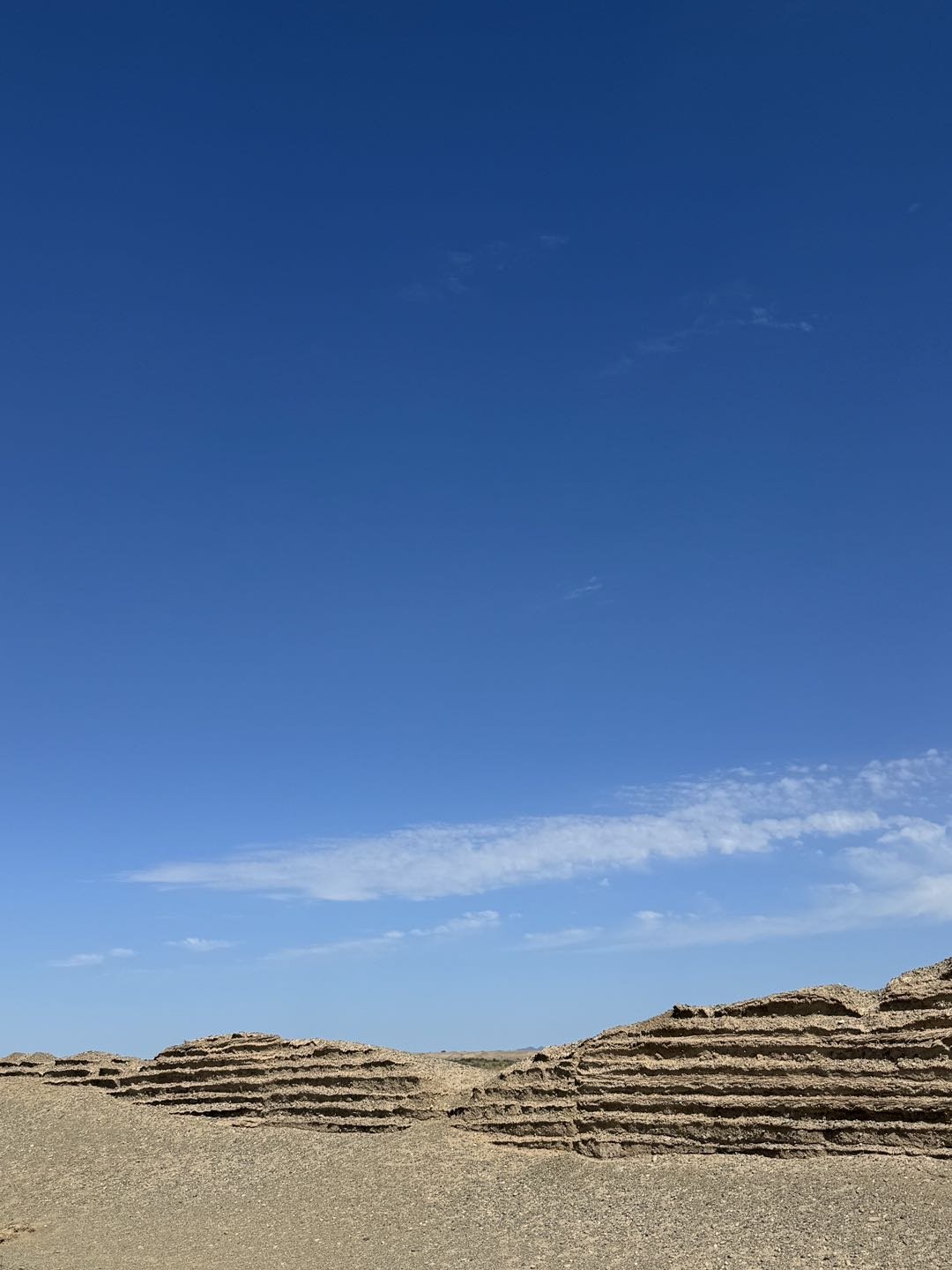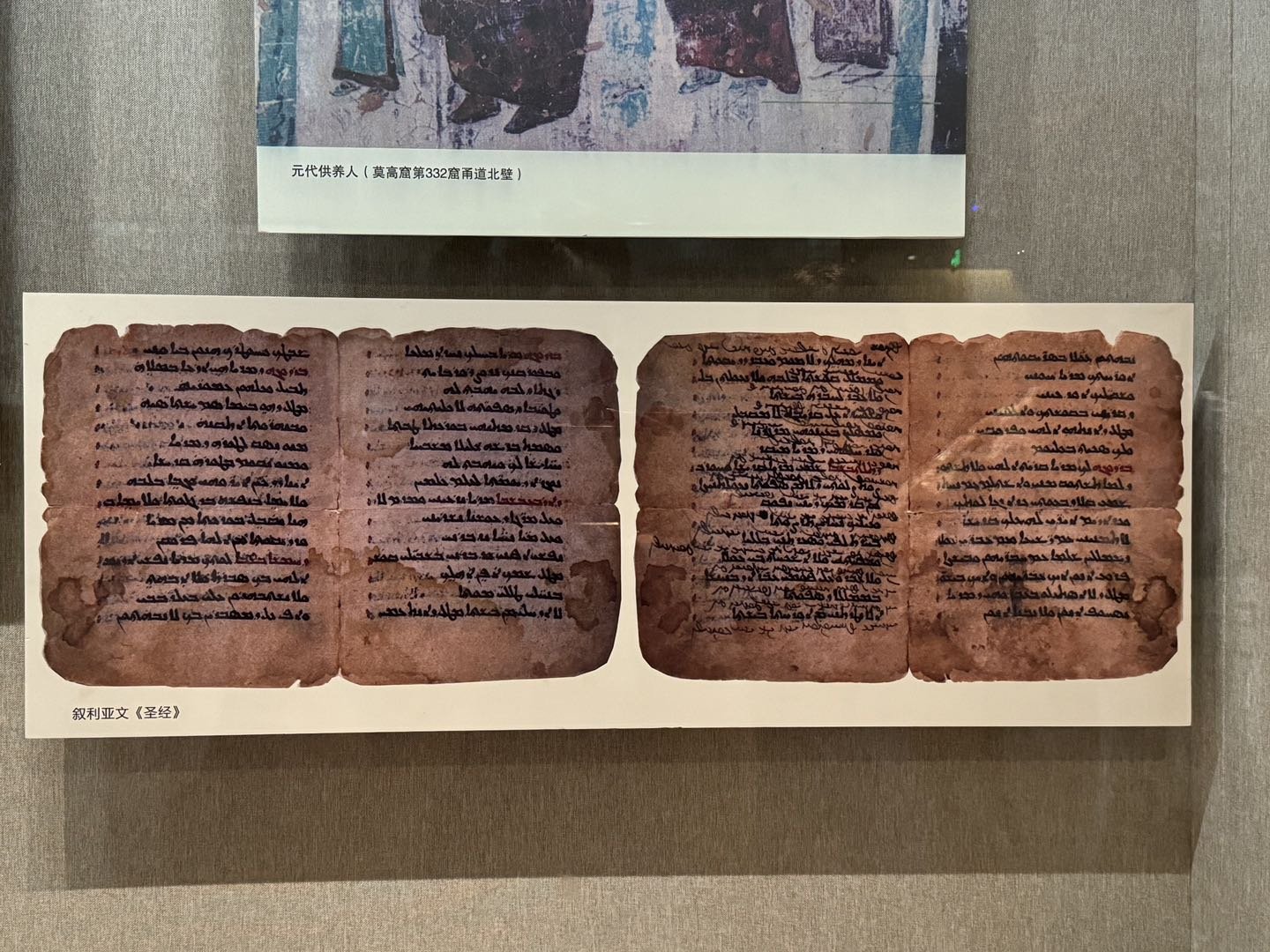
Field Research in Dunhuang
Studying the Silk Road
As part of our mission to protect and promote intangible cultural heritage through fair trade, our passionate team flew 9,399 kilometers from Vancouver to Dunhuang, Gansu Province, China, for an extensive three-week field study. Located at the edge of the Gobi Desert, Dunhuang stands as a vibrant testament to the cultural, artistic, and spiritual exchanges that flourished along the ancient Silk Road. This city is home to the renowned Mogao Caves, which house priceless murals and Buddhist art, reflecting the rich intercultural dialogues that shaped its legacy.
During our research, we explored how traditional skills, such as silk weaving, mural painting, and religious craftsmanship, were integral to the life of the Silk Road and continue to be vital expressions of intangible cultural heritage. We engaged with local artisans, witnessing their meticulous processes and the deep cultural significance behind their crafts. The stories shared by these artisans were filled with passion, highlighting their commitment to preserving their heritage in the face of modern economic challenges.
By conducting interviews and gathering data, we aimed to uncover how these artisans sustain their crafts today. Our findings will help us apply fair trade principles to ensure that they receive equitable compensation for their work, empowering them to continue passing on these invaluable traditions. Additionally, we facilitated workshops where artisans could learn about global market trends, helping them to position their crafts in a competitive landscape while maintaining their cultural integrity.
Through this project, we aim to build stronger connections between the historical legacy of the Silk Road and the present-day global economy. By promoting fair trade practices, we hope to protect these unique cultural expressions and empower artisans to thrive economically while safeguarding their heritage. Our commitment to fair trade not only uplifts these artisans but also helps to preserve the rich tapestry of human culture that the Silk Road represents.









